Growing plants
Growing plants is a rewarding and fulfilling experience that brings joy and beauty to our lives. Whether you have a spacious garden or a small balcony, you can grow a wide variety of plants and create a green oasis in your own space. In this article, we will explore the benefits of growing plants and some tips to help you get started.
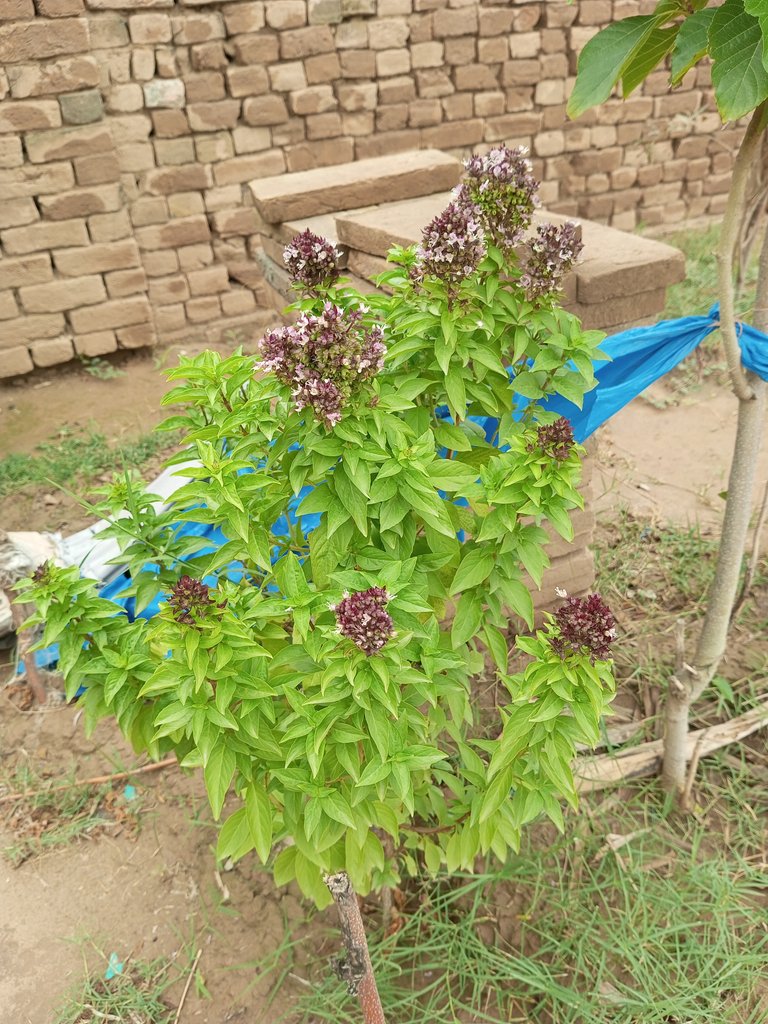
First and foremost, plants are essential for our well-being. They provide us with fresh air by absorbing carbon dioxide and releasing oxygen through the process of photosynthesis. Having plants around can improve the air quality in our homes and reduce the risk of respiratory diseases. Moreover, plants have a calming effect on our mental health. Studies have shown that being surrounded by greenery can reduce stress, anxiety, and depression, and improve our overall mood and well-being. The act of nurturing and watching plants grow can also be a therapeutic and rewarding experience.
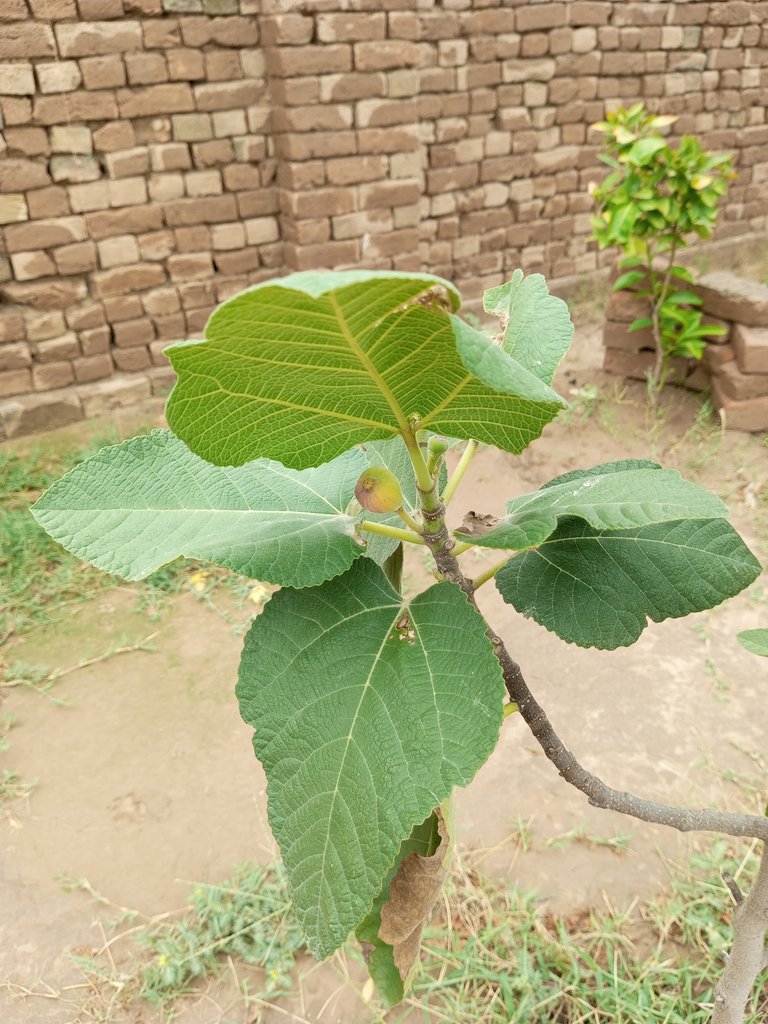
The process of growing plants also teaches us patience and responsibility. It requires regular care and attention, including watering, fertilizing, and ensuring the right amount of sunlight. These daily routines can instill a sense of discipline and commitment. Moreover, gardening is an excellent way to connect with nature and develop a deeper understanding and respect for the environment.
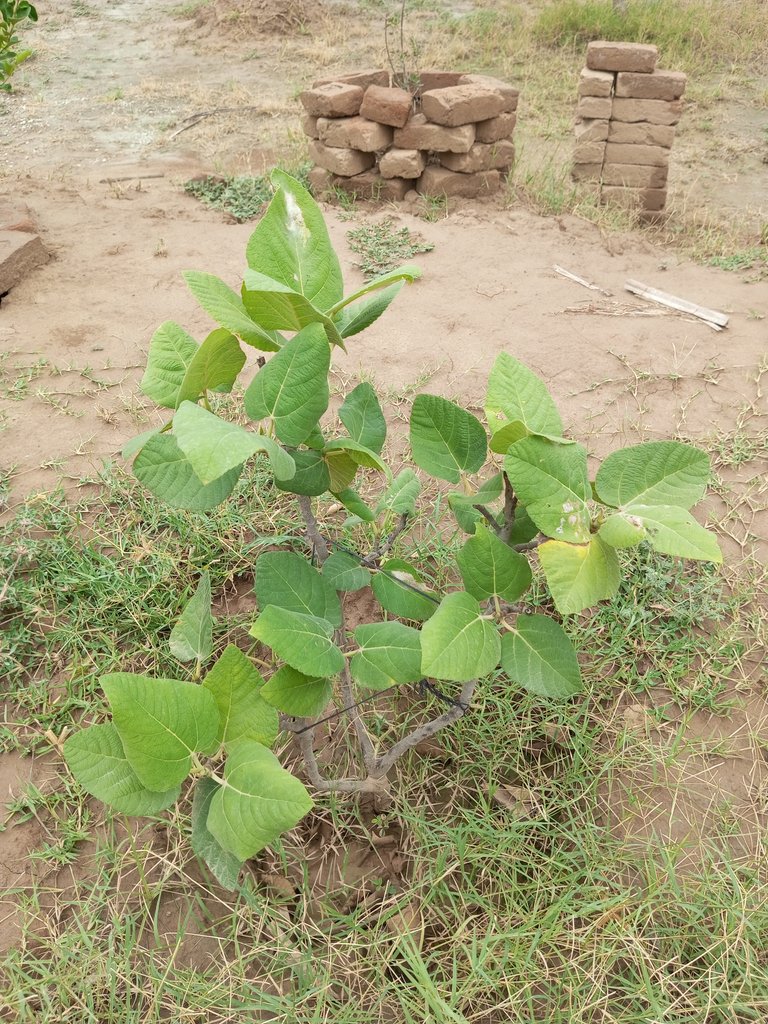
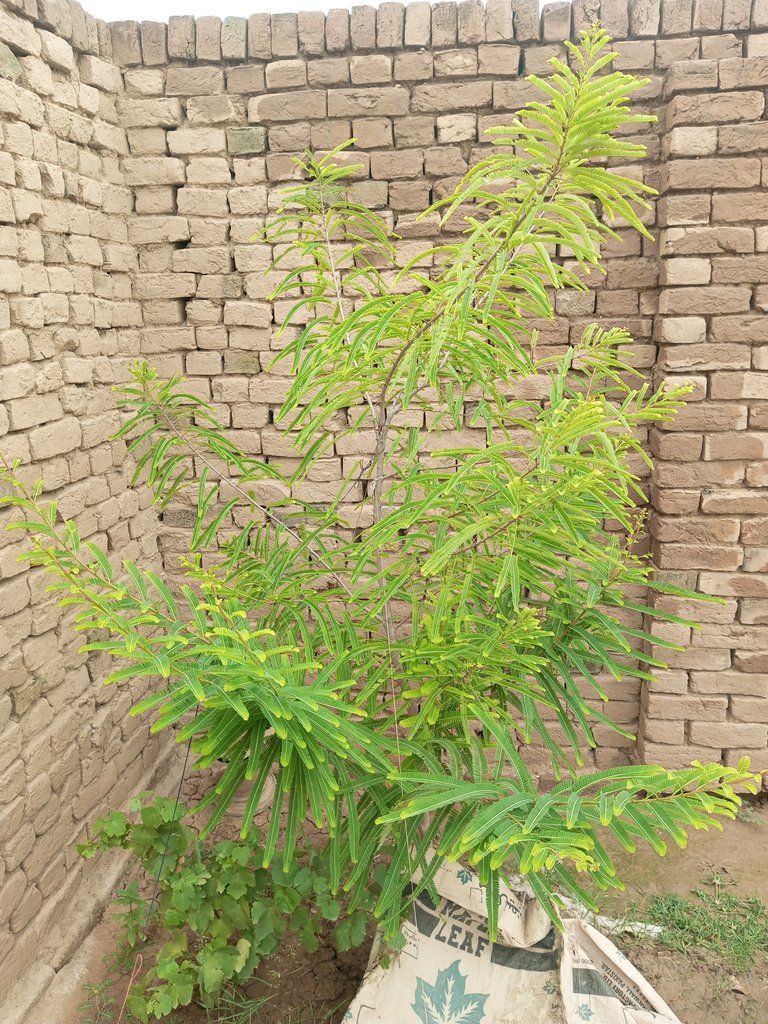
To start growing plants, it is important to choose the right type of plants for your space and climate. Consider factors such as sunlight, temperature, and soil quality. Some plants thrive in direct sunlight, while others prefer shade. Similarly, certain plants require specific temperature ranges to grow. It is also essential to select plants that are suitable for your level of gardening expertise. Beginner-friendly plants include succulents, herbs, and low-maintenance flowers.
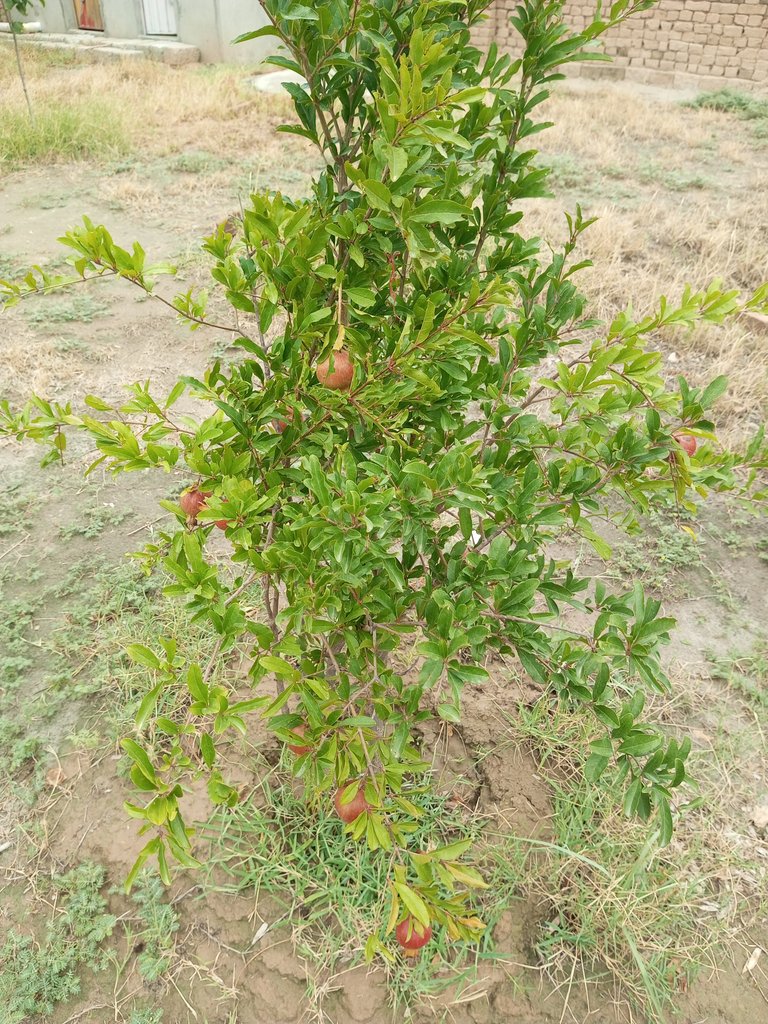
Next, prepare the soil and ensure it is well-drained and nutrient-rich. You can add compost or organic matter to enrich the soil and improve its fertility. Choose good quality potting mix if you are growing plants in pots. Additionally, ensure proper watering by checking the moisture level of the soil regularly.
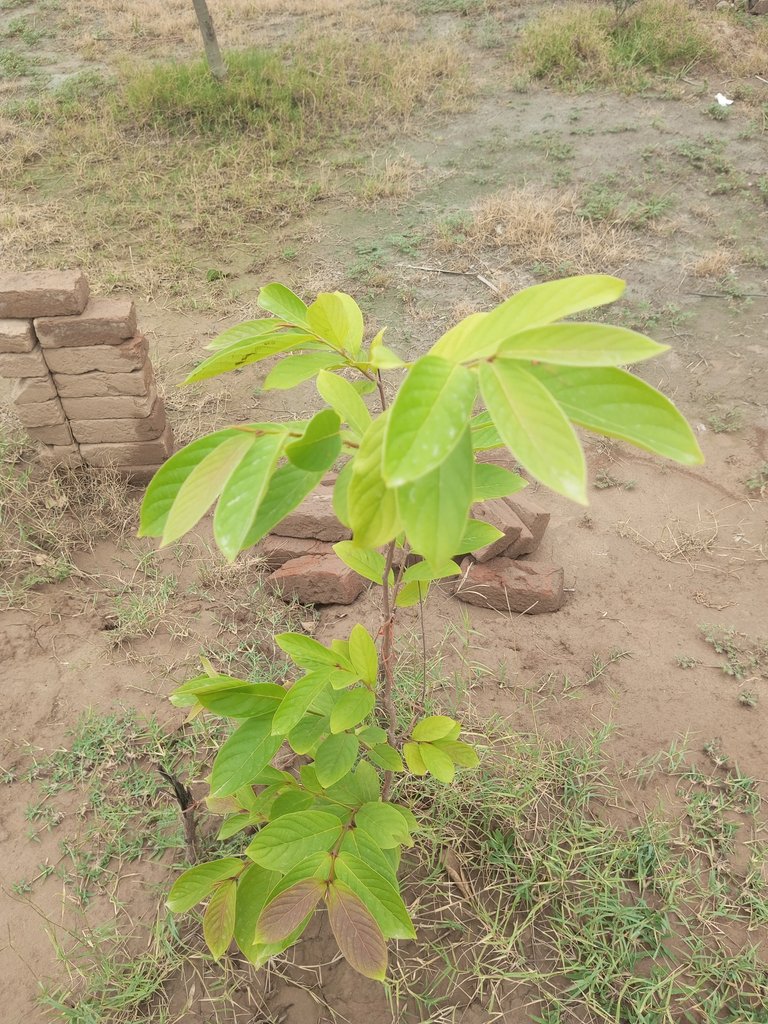
Lastly, be patient and gentle with your plants. Keep an eye on their growth and prune them regularly to promote healthy growth. Pay attention to any signs of pests or diseases and take appropriate measures to protect your plants from damage.
In conclusion, growing plants can be a delightful and fulfilling experience. It brings nature closer to us, enhances air quality, improves mental well-being, and teaches us responsibility and patience. So, whether you have a.
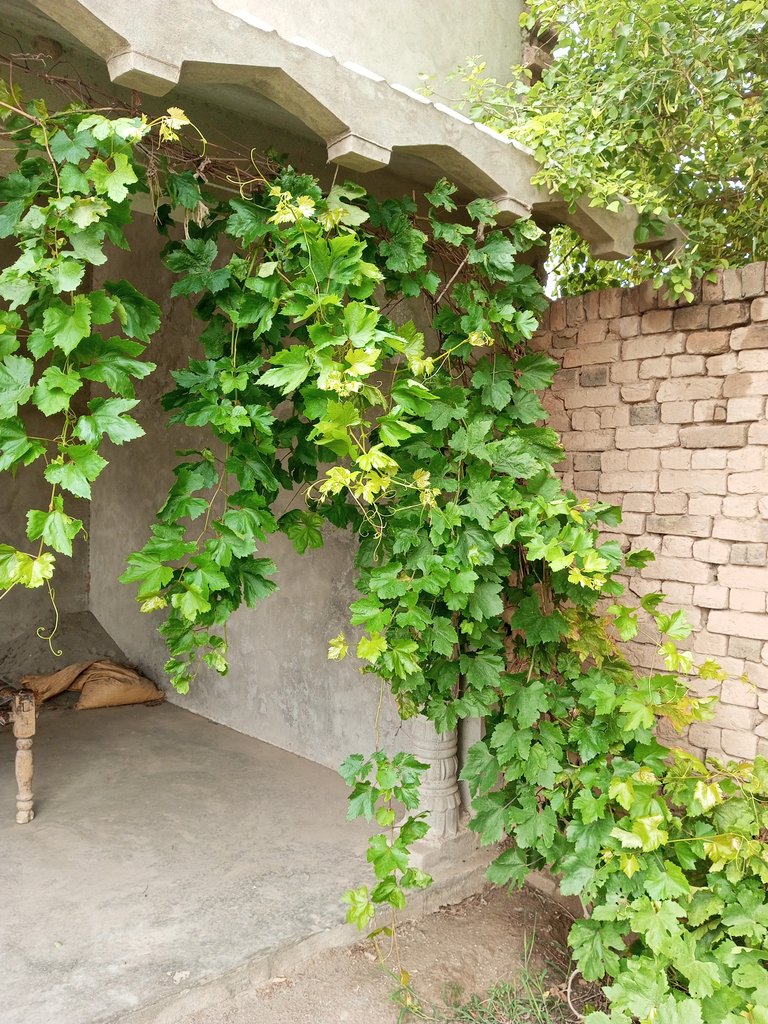
Protecting plants
There are several steps you can take to protect plants from various threats, including pests, diseases, extreme weather conditions, and human damage. Here are some ways to protect plants:
- Choose disease-resistant varieties: Select plant species and varieties that are known to be resistant to common diseases and pests in your area. This will greatly reduce the chances of plant damage.
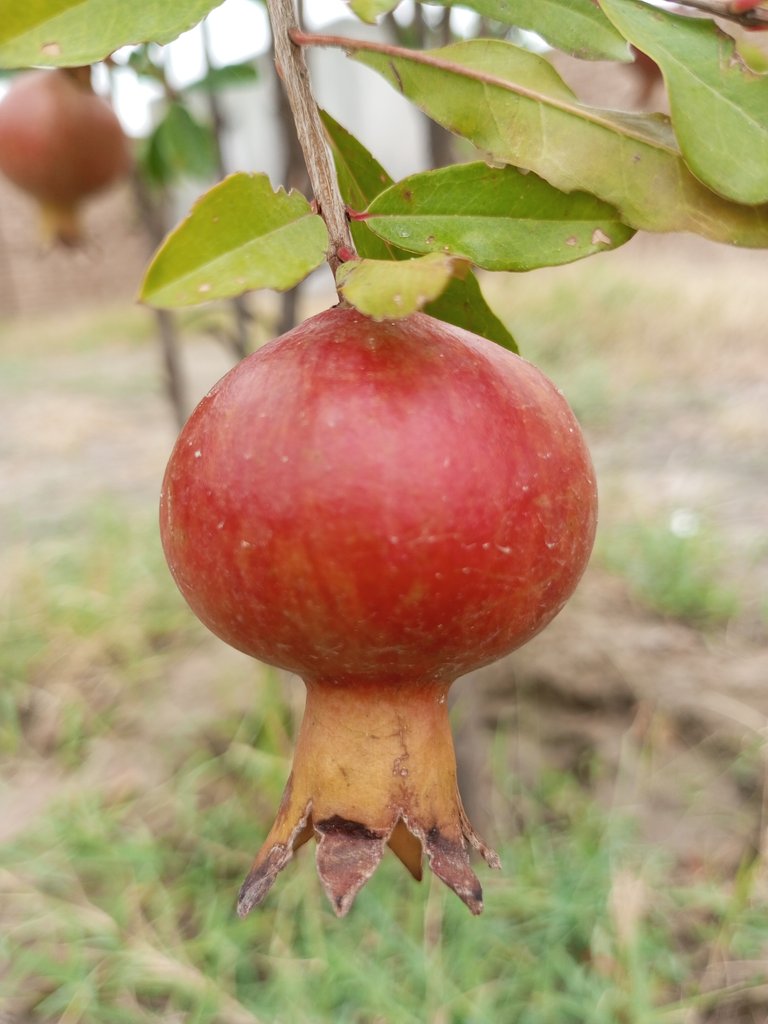
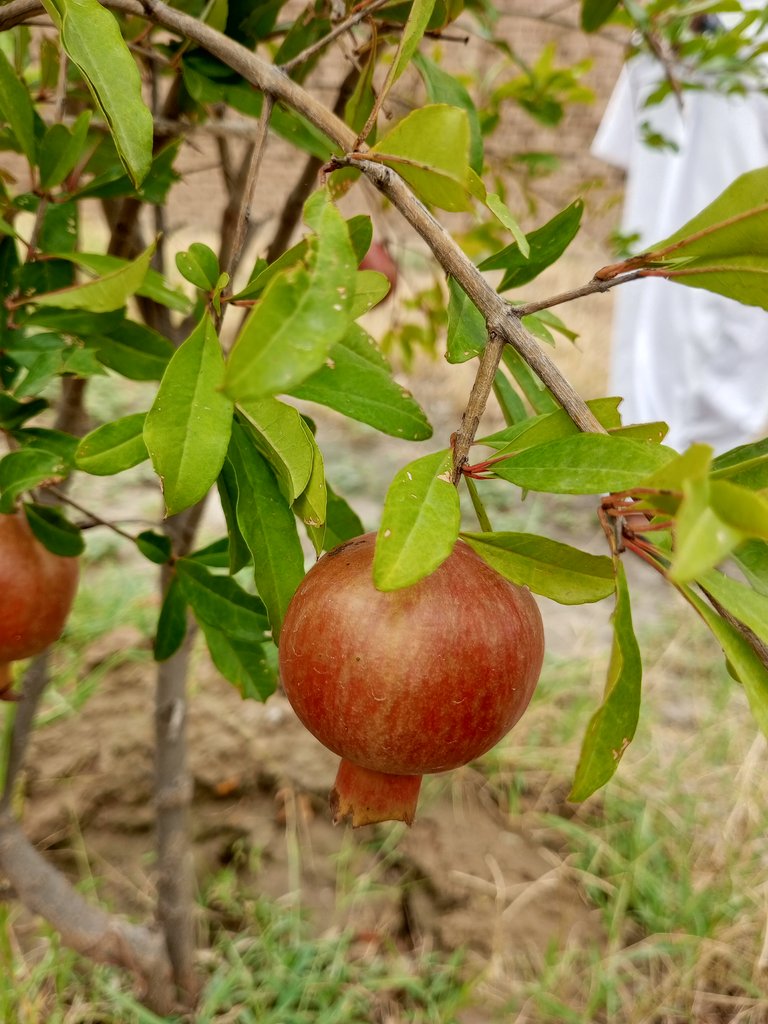
Proper site selection: Ensure that plants are placed in an ideal location based on their sunlight, soil, and water requirements. This will promote healthy growth and reduce stress, making plants less susceptible to damage.
Watering: Water plants appropriately, providing them with the necessary moisture without overwatering. Different plants have different water requirements, so it's essential to understand the specific needs of each plant.
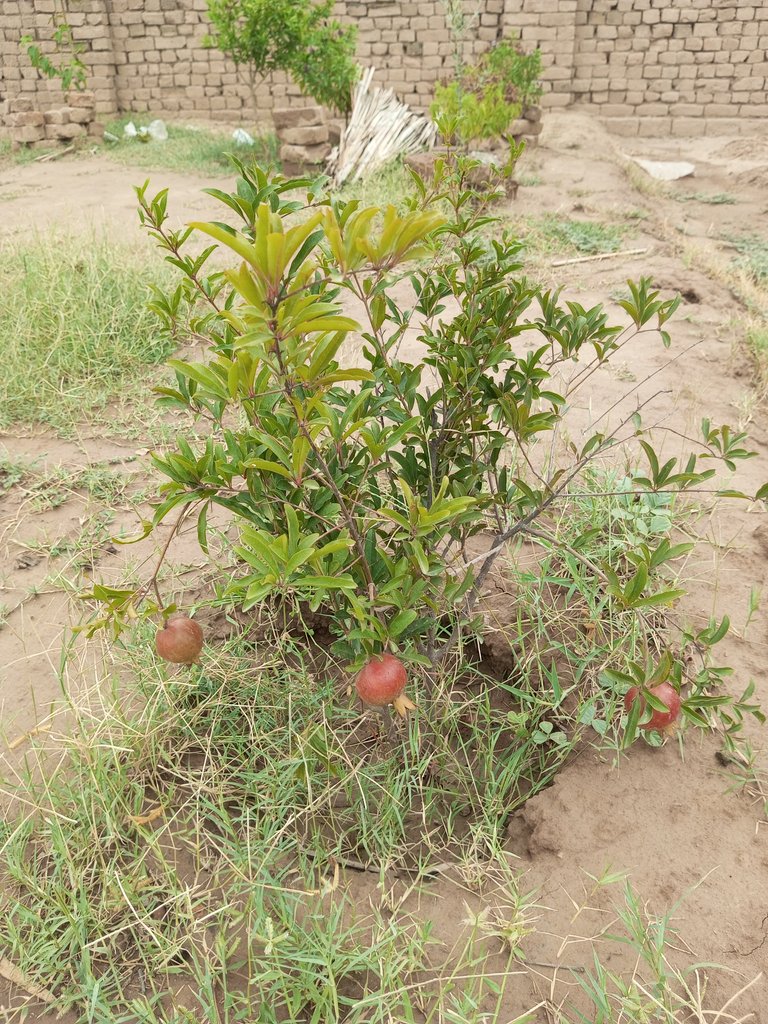
Mulching: Applying a layer of organic mulch around the base of plants can help regulate soil temperature, retain moisture, and suppress weeds, which can protect plants from competing for nutrients and water.
Pest control: Monitor plants regularly for signs of pest infestations and take appropriate measures to control them. These could include handpicking pests, using organic insecticides or adopting companion planting strategies that attract beneficial insects to prey on pests.
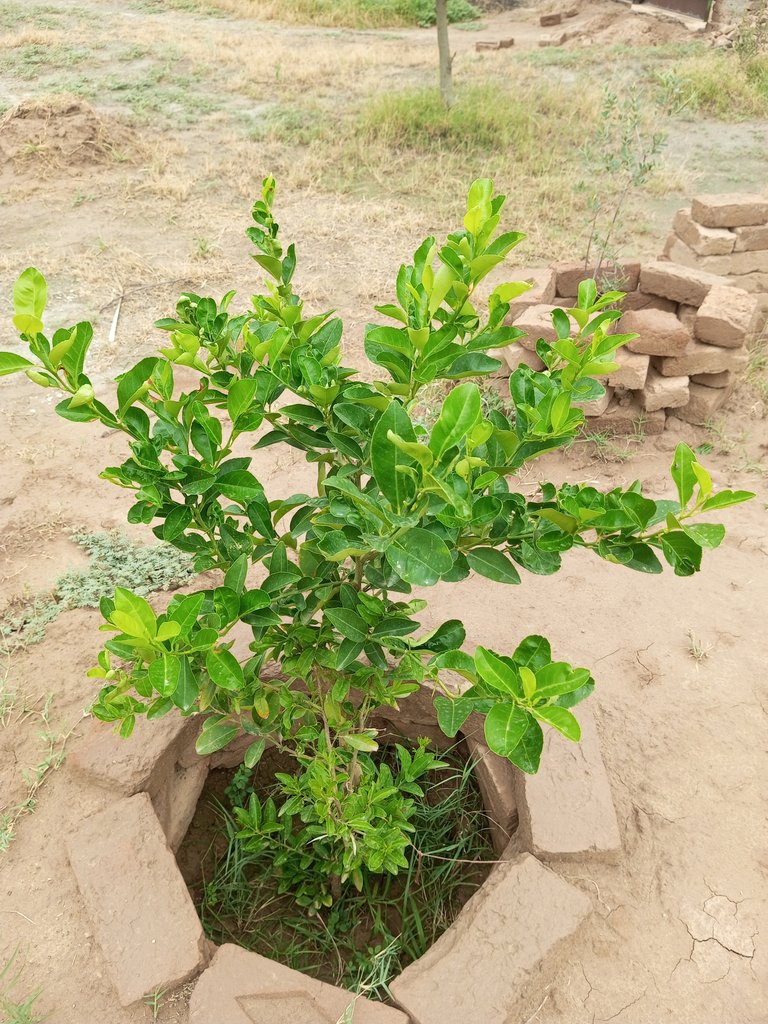
- Disease management: Keep plants disease-free by practicing good sanitation, such as removing and disposing of any diseased plant materials, sterilizing tools, and rotating crops to prevent the buildup of disease-causing organisms in the soil.
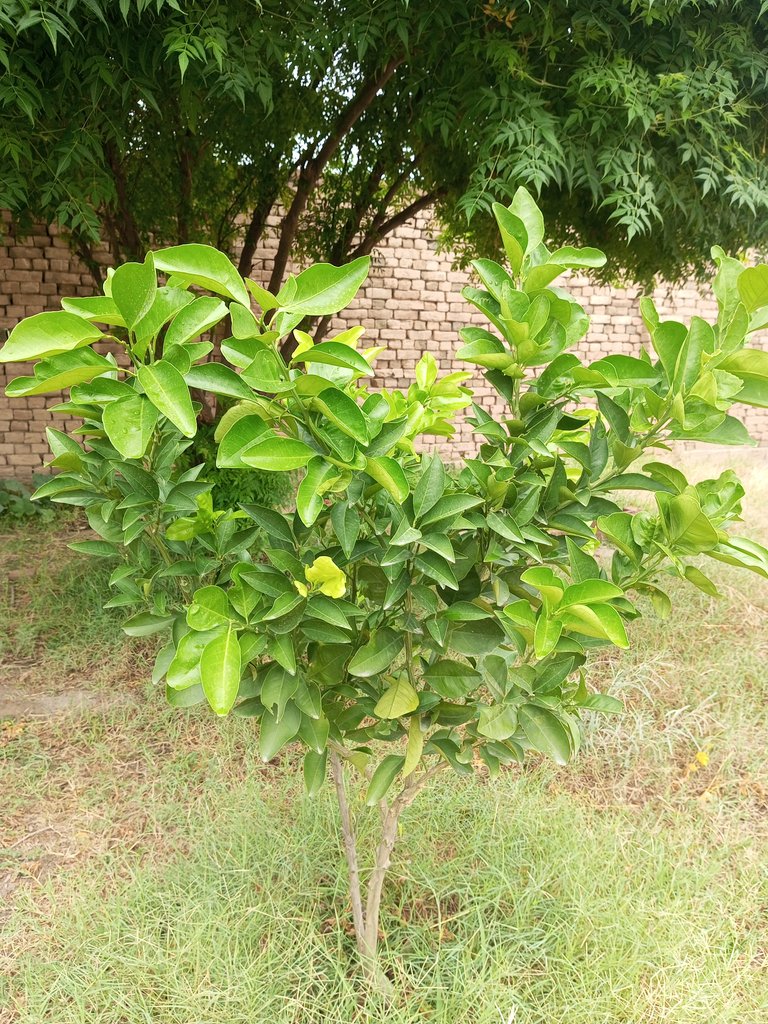
Providing support: Properly stake or provide support to plants that need it, especially tall or fragile species. This will prevent them from falling or breaking due to strong winds or heavy rains.
Netting and fencing: Protect vulnerable plants from pests, birds, or larger animals by installing netting or fencing around them. This will act as a physical barrier to prevent damage.
Garden hygiene: Keep the garden area clean and tidy to discourage pests and diseases. Remove debris, fallen leaves, and weeds regularly, as they can serve as hiding places for pests and disease sources.

- Education and research: Stay informed about common plant diseases and pests in your area, and be proactive in learning about preventive measures. Research and seek advice from horticulture experts or local extension services for specific plant protection strategies based on your region.
By implementing these measures, you can significantly reduce the risk of plant damage and better ensure the overall health and vitality of your garden or landscape.
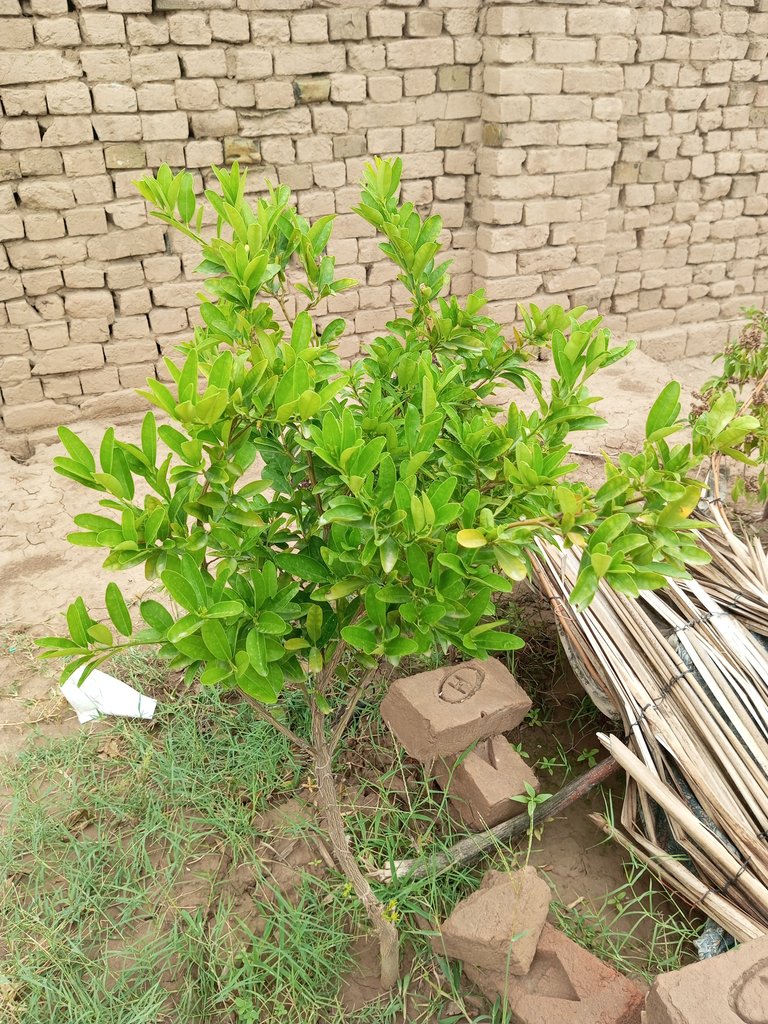
Congratulations @javedjaved! You received a personal badge!
You can view your badges on your board and compare yourself to others in the Ranking
Check out our last posts: